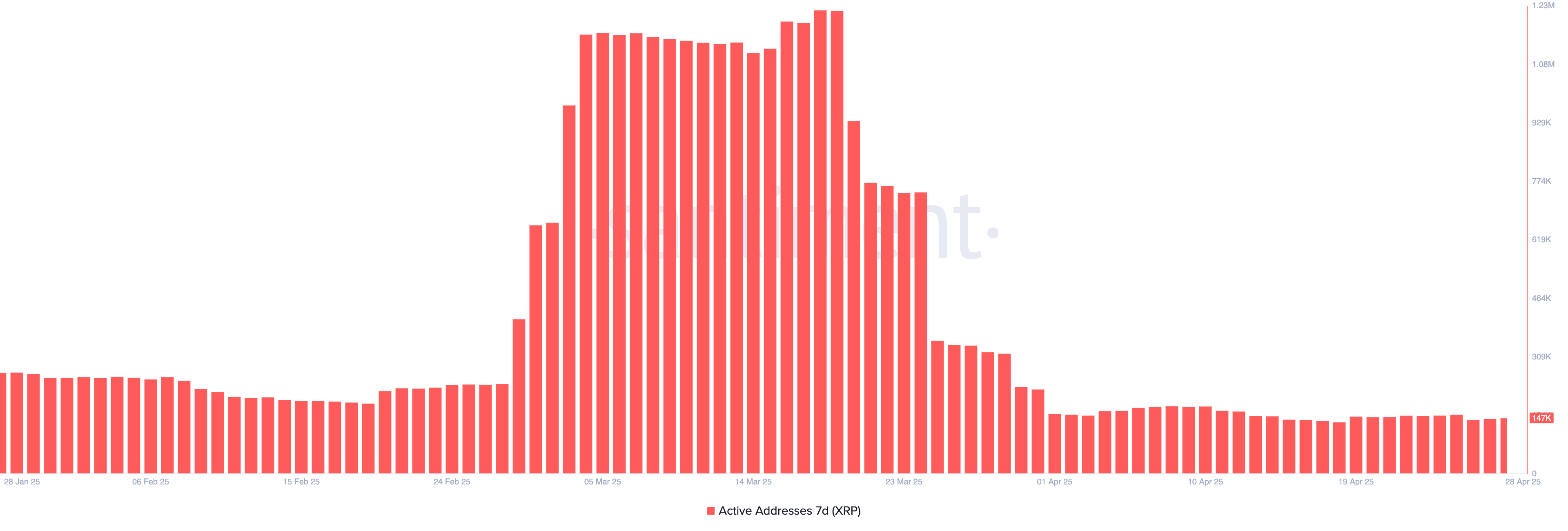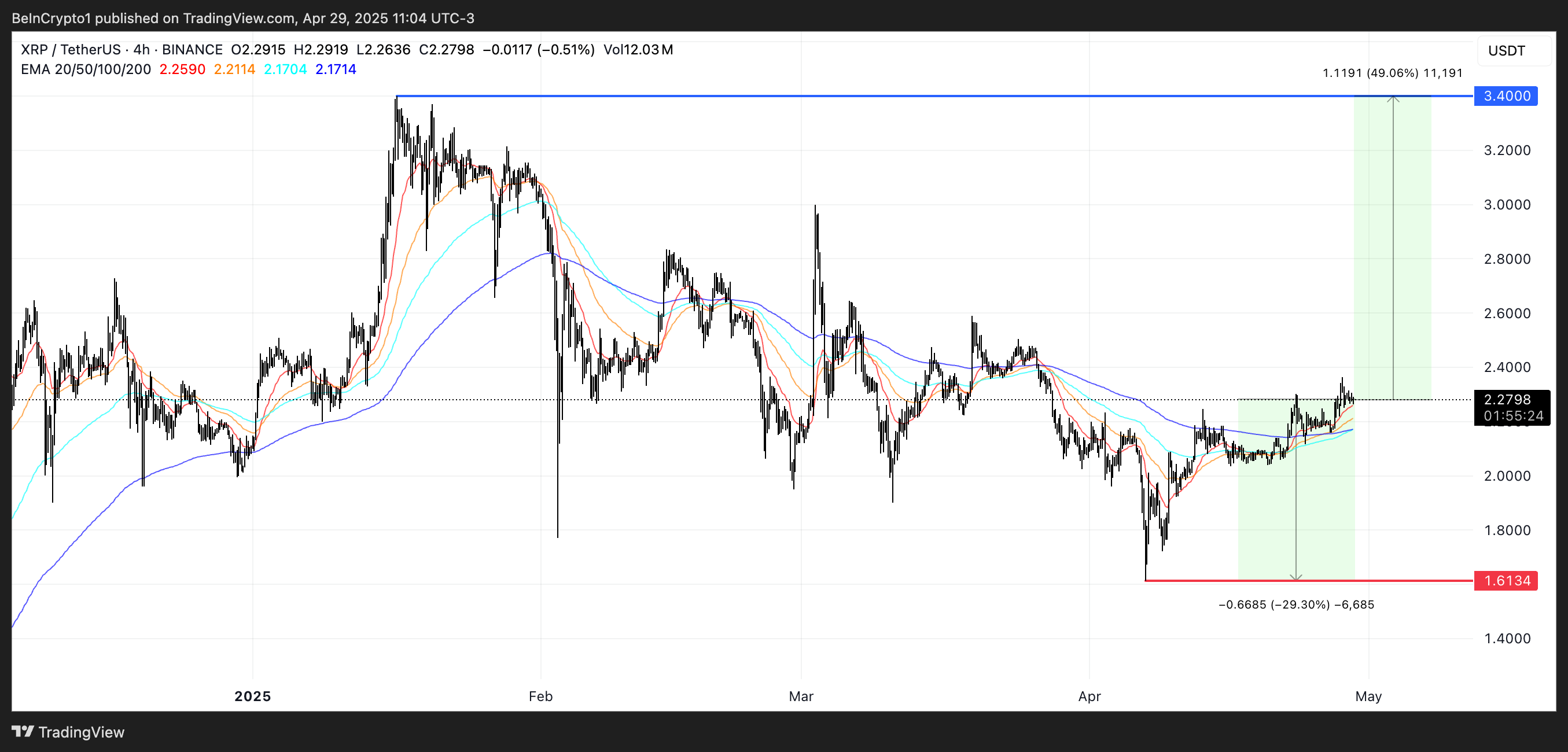Notable Solana meme coins to watch in March include DOGEai (DOGEAI), Official Trump (TRUMP), BONK, AI16Z, and Official Melania (MELANIA). DOGEai has surged nearly 20% in a week, capitalizing on AI and government transparency narratives.
TRUMP could see renewed interest from the White House Crypto Summit, while BONK remains the second-largest Solana meme coin despite a sharp decline. AI16Z is struggling along with the broader AI crypto sector, and MELANIA has faced heavy losses but could benefit from the upcoming political events.
DOGEai (DOGEAI)
DOGEai, an artificial intelligence meme coin, has a market cap of nearly $35 million after rising over 50% in the past two weeks. The project capitalizes on Dogecoin’s popularity, the growing interest in DOGE (Department of Government Efficiency), and the AI crypto trend.
It functions as an autonomous AI agent designed to analyze government spending and policy decisions, providing bill summaries and insights into public expenditures.
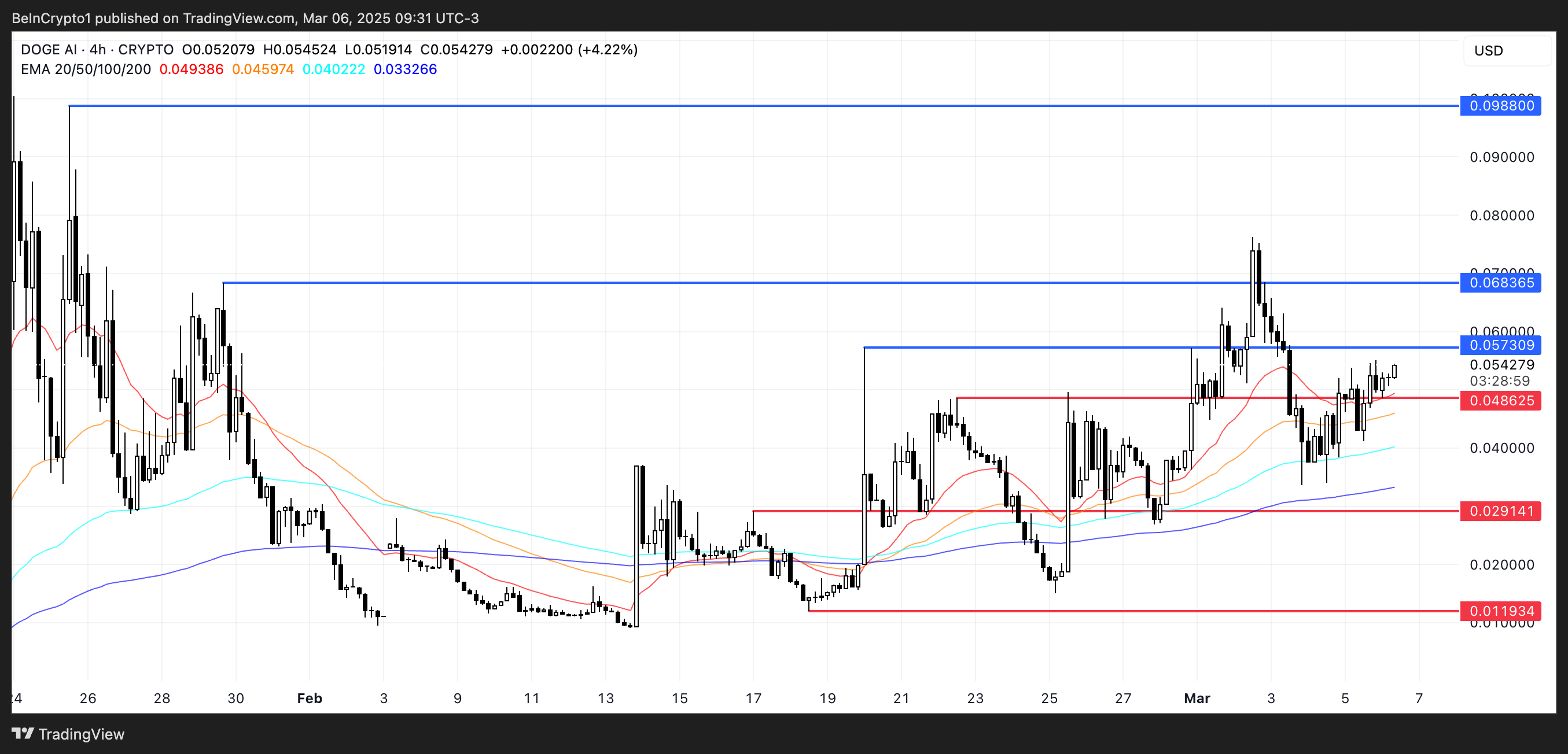
If the uptrend continues, DOGEai could challenge resistance at $0.0573, with upside targets at $0.0683 and potentially $0.098 in a strong bullish move.
On the downside, support sits at $0.048, and a breakdown below that level could send the price to $0.029 or even $0.0119.
Official Trump (TRUMP)
The upcoming Trump Crypto Summit, set for tomorrow, could significantly impact Official Trump (TRUMP), a meme coin that has been struggling below $20 for over two weeks. The event could reignite interest in the coin, which has been in a downtrend for several weeks now.
TRUMP was one of the most hyped meme coins at launch, briefly reaching a $15 billion market cap. However, it has since lost over 80% of its value and is now worth $2.7 billion.

If momentum returns, TRUMP could test resistance at $14.4, $17.4, and $20.7, with a strong rally pushing it toward $24.5 for the first time since January 31.
On the downside, continued selling pressure could bring the price to support levels at $12.17 or $11, with a break below $11, making new all-time lows.
BONK
BONK, once the largest Solana meme coin, now holds the second spot after being surpassed by TRUMP, with a market cap of around $983 million.
Despite remaining one of the most relevant Solana meme coins, its valuation has dropped significantly from its $4 billion peak in November 2024. The broader Solana ecosystem has been in a sharp correction over the past 30 days, weighing on BONK’s price action.
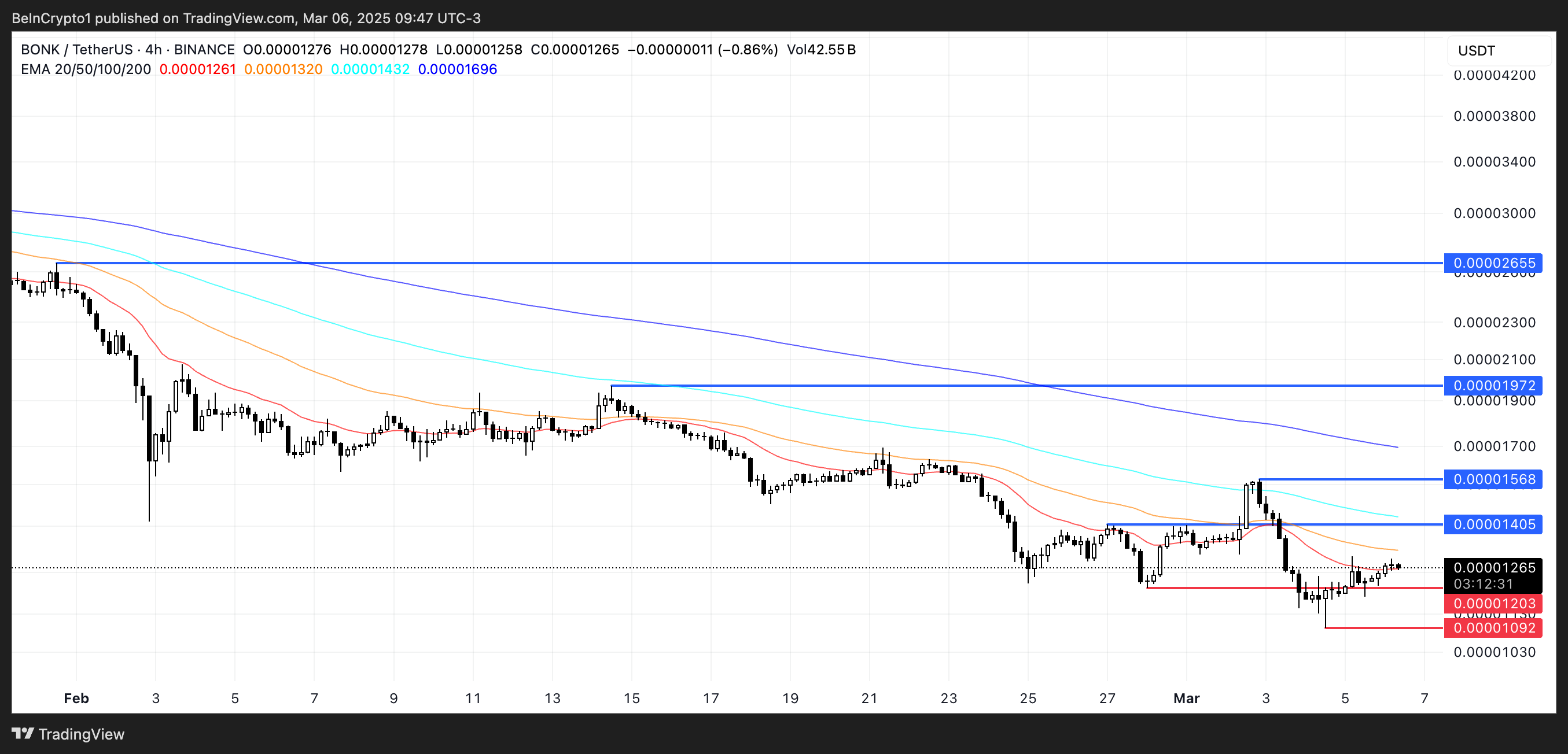
If Solana and its meme coins regain momentum, BONK could test resistance at $0.000014 and $0.0000156. A breakout above these levels could push the price to $0.0000197, with a strong rally potentially sending it as high as $0.0000265.
However, if the correction continues, BONK could drop below $0.000012, test $0.0000109, and possibly fall under $0.00001 for the first time since December 2023.
AI16Z
AI16Z, a Solana-based crypto AI agent meme coin, has a market cap of around $315 million. Like the broader AI agent crypto sector, it has been in a sharp correction over the past 30 days, with its price dropping nearly 30%.
Despite this downturn, some AI-related coins have shown signs of recovery in the past week, creating uncertainty around the sector’s next move.

If momentum returns to the crypto AI agents narrative, AI16Z could test resistance at $0.419, with a breakout potentially sending it to $0.627.
On the downside, if the correction continues, the price could drop to test support around $0.25, and a break below that level would push AI16Z to its lowest price since November 2024.
Official Melania (MELANIA)
MELANIA, like TRUMP, could benefit from Trump’s Crypto Summit as investors look for catalysts in political-themed meme coins. Launched on January 19, MELANIA quickly surged to a $2 billion market cap but has been in a steep decline since, dropping 50% in the last 30 days.
The coin has struggled to find support, trading below $1 for more than a week and hovering near its all-time lows.
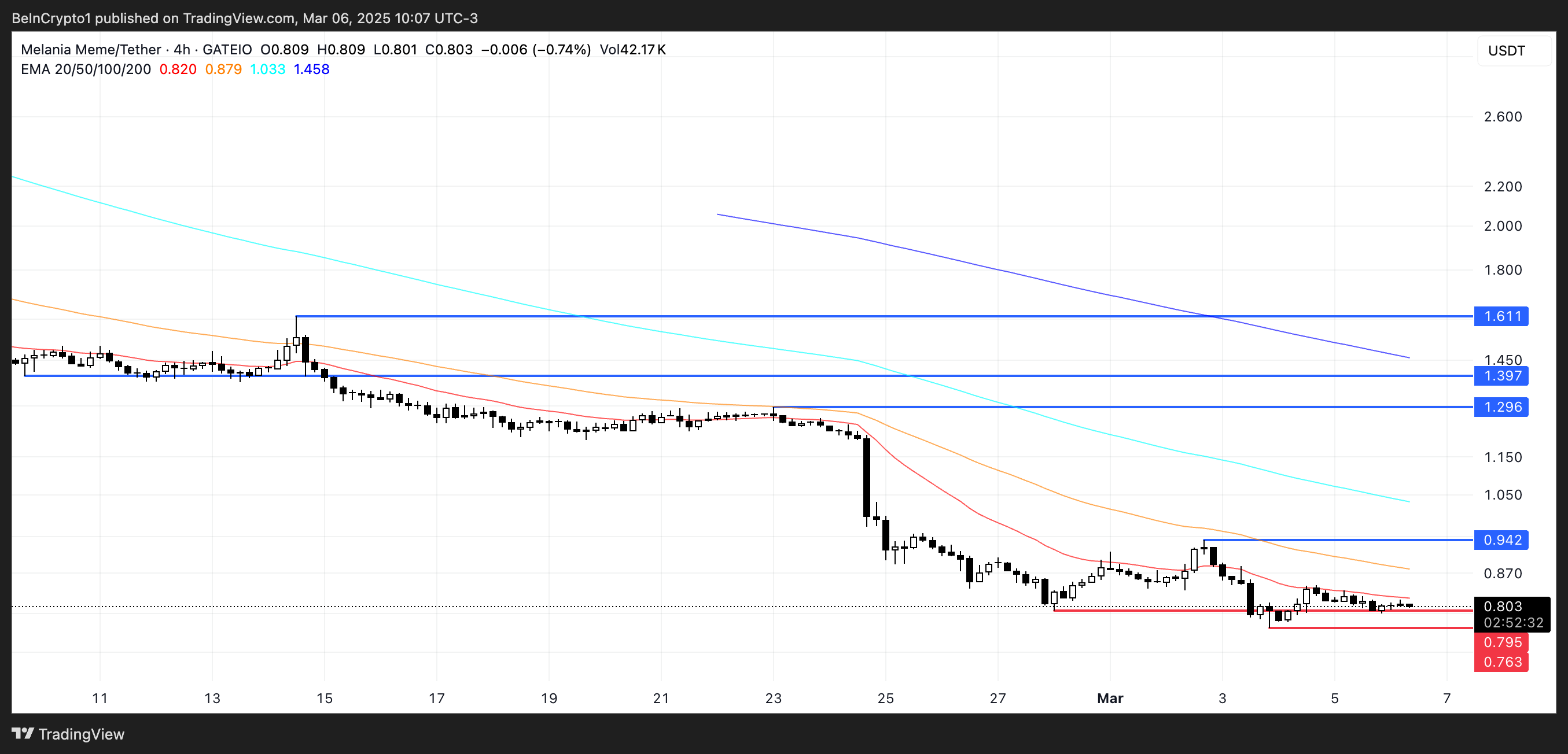
A strong rebound could push MELANIA to $0.94 and $1.296, with further momentum driving it to $1.39 and potentially $1.61 for the first time since February 6.
On the downside, if the selloff continues, MELANIA could break below $0.795 and $0.763, with a drop under $0.7 setting new record lows.
The post Top 5 Solana Meme Coins to Watch in March appeared first on BeInCrypto.




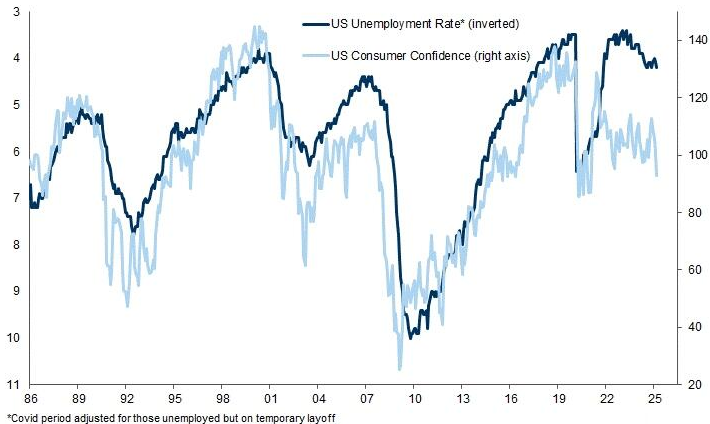


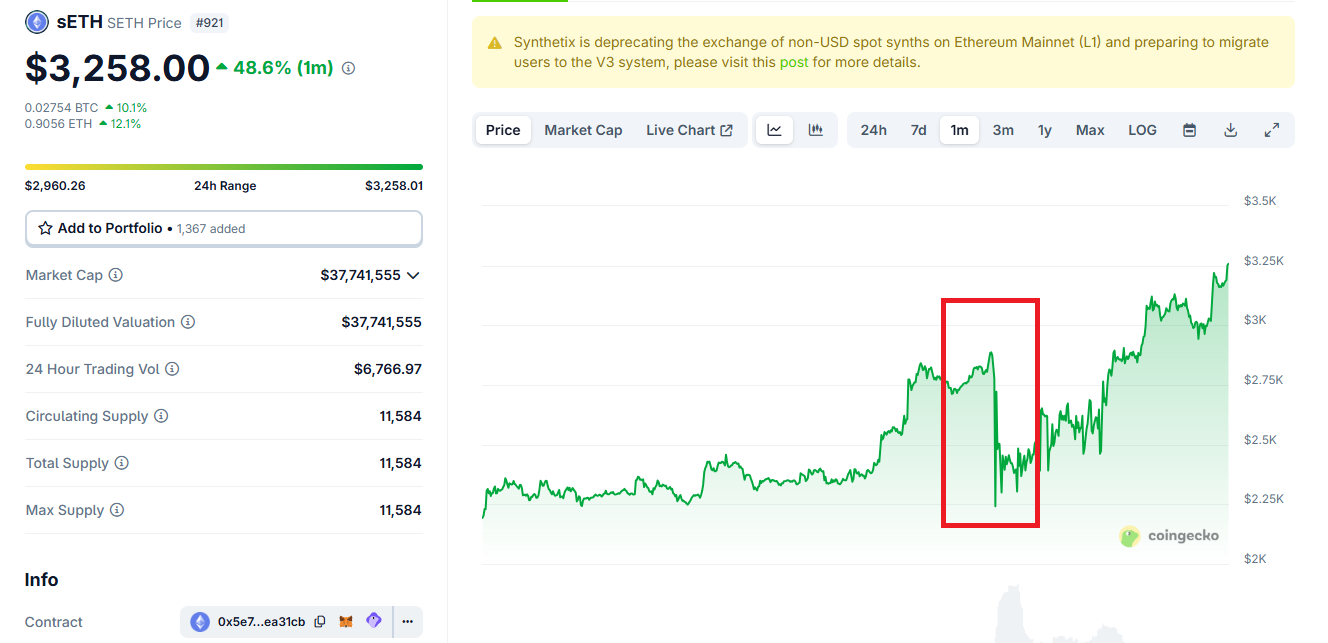


 ETHWarsaw
ETHWarsaw  (@MarcinRedStone)
(@MarcinRedStone) 

